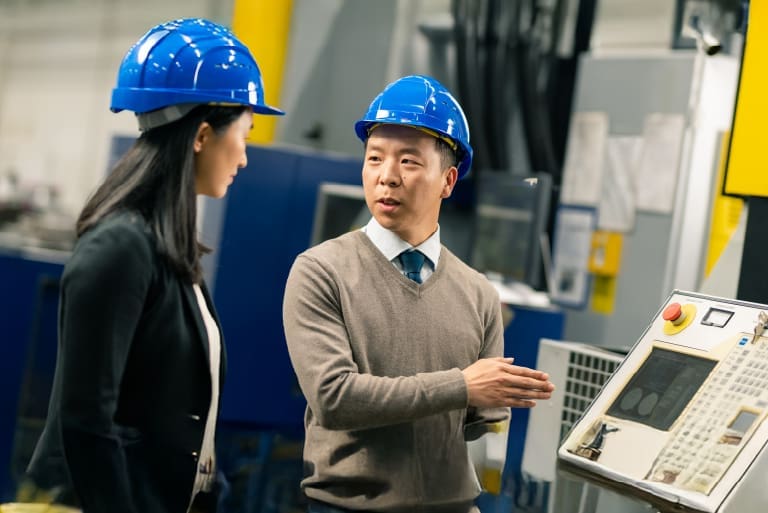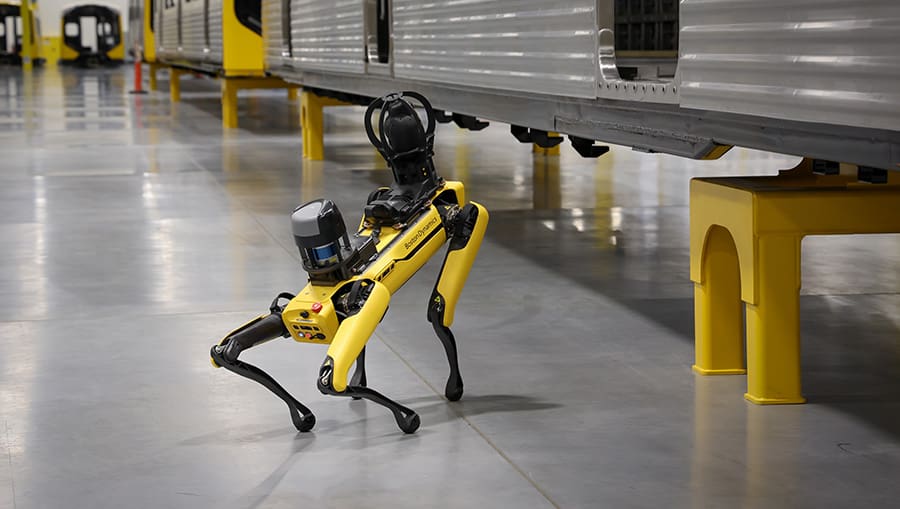- Services
Technology Capabilities
Technology Capabilities- Product Strategy & Experience DesignDefine software-driven value chains, create purposeful interactions, and develop new segments and offerings
- Digital Business TransformationAdvance your digital transformation journey.
- Intelligence EngineeringLeverage data and AI to transform products, operations, and outcomes.
- Software Product EngineeringCreate high-value products faster with AI-powered and human-driven engineering.
- Technology ModernizationTackle technology modernization with approaches that reduce risk and maximize impact.
- Embedded Engineering & IT/OT TransformationDevelop embedded software and hardware. Build IoT and IT/OT solutions.
- Industries
- GlobalLogic VelocityAI
- Insights
BlogsGlobalLogicJuly 27, 2023Exploring Snowpark and Streamlit for Data Science
I’m Janki Makwana, a Data Scientist at GlobalLogic. I have been working with a major re...
 BlogsJuly 18, 2023Manik Jandial
BlogsJuly 18, 2023Manik JandialView on payment industry modernisation: Enablers of change
Welcome to the second part of our two-part series on the evolving payment industry! In ...

- About
We have 60+ product engineering centers
Engineering Impact
 We have helped create some of the most innovative and widely used digital products and experiences.
We have helped create some of the most innovative and widely used digital products and experiences.Today, we help transform businesses and redefine industries through intelligent products, platforms, and services.
GlobalLogic collaborates with businesses across industries to deliver products designed for desirability, engineered for excellence, and curated for intelligence.
Learn more about what sets us apart0product engineering centers0active clients0+Professionals in 25 countries0+product releases per yearWhat we offerExplore our services
Unlock the power of data, design, and engineering to fuel innovation and drive meaningful outcomes for your business.
Learn MoreProduct Strategy & Experience Design
Design and build what’s next with help from Method, a GlobalLogic company.
Learn MoreDigital Business Transformation
Advance your digital transformation journey.
Learn MoreIntelligence Engineering
Leverage data and AI to transform products, operations, and outcomes.
Learn MoreSoftware Product Engineering
Create high-value products faster with AI-powered and human-driven engineering.
Learn MoreTechnology Modernization
Tackle technology modernization with approaches that reduce risk and maximize impact.
Learn MoreEmbedded Engineering & IT/OT Transformation
Develop embedded software and hardware. Build IoT and IT/OT solutions.
We have a profound impact on everyday life
Every day, billions of people connect with products, platforms, and services that we helped design and engineer.
Our Case StudiesDiscover how we’re engineering impact with clients around the world
We work with the world’s largest and most innovative companies—forging deep collaborations to create intelligent products, platforms, and services.
View all case studiesSmart.Bold.Human.Featured insights
Explore fresh thinking from some of GlobalLogic’s strategists and engineers
See allBlogsGlobalLogic3 December 2025Webinar Recap: From Reach to Relevance: Reinventing Ad Services
Cloud Platforms – HyperscalersData EngineeringGenAIMedia and Entertainment Blogs8 October 2025
Blogs8 October 2025Hitachi and GlobalLogic are Accelerating Enterprise AI with Gemini Enterprise
Hitachi and GlobalLogic join Google Cloud as Gemini Enterprise launch partners, …
Agentic AIEnterprise AICross-Industry Blogs15 September 2025
Blogs15 September 2025GlobalLogic’s MCP Factory: Transform Your APIs into Agentic Powerhouses
GlobalLogic’s MCP Factory modernizes APIs with Model Context Protocol, enabling…
AI GovernanceAI-Powered SDLCAPI, Integration and iPaaSGenAICross-Industry Get in touch
Get in touchLet’s start engineering impact together.
Join the world’s largest and most innovative companies in making GlobalLogic your trusted digital engineering partner.
 How can I help you?
How can I help you?
Hi there — how can I assist you today?
Explore our services, industries, career opportunities, and more.
Powered by Gemini. GenAI responses may be inaccurate—please verify. By using this chat, you agree to GlobalLogic's Terms of Service and Privacy Policy.








